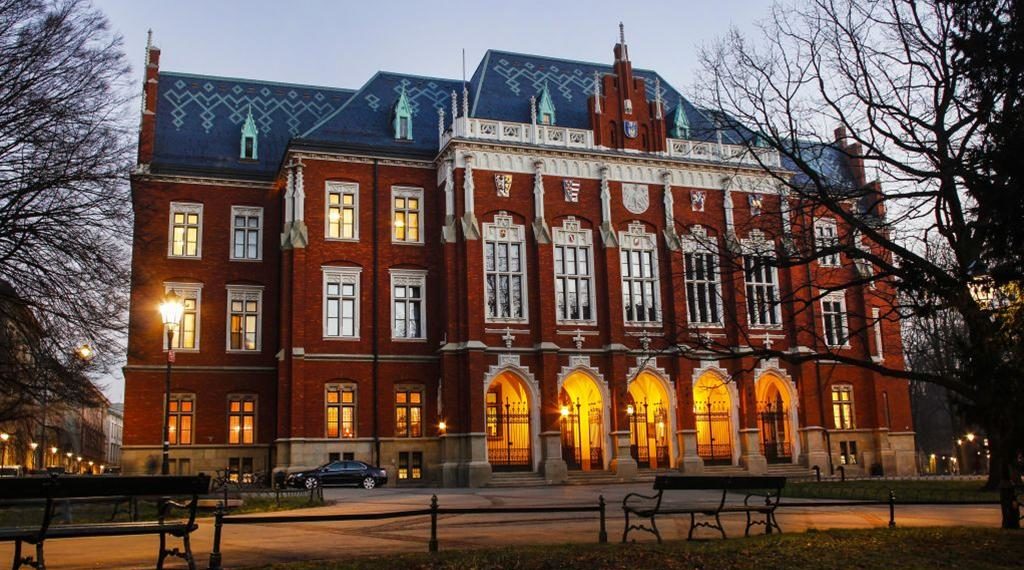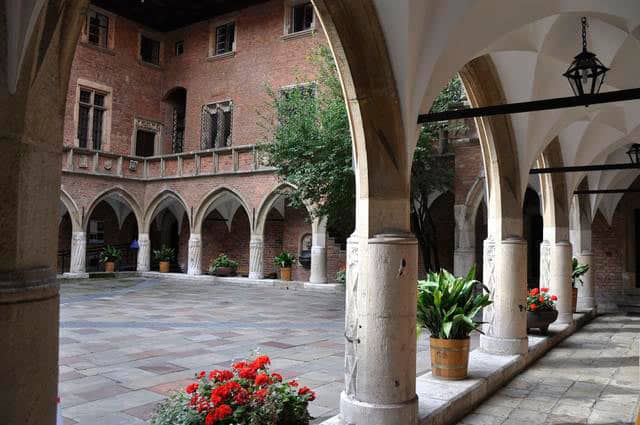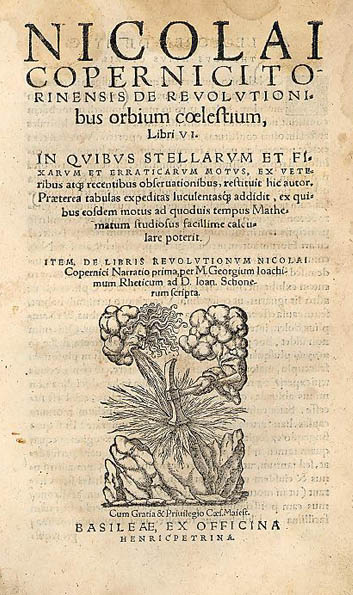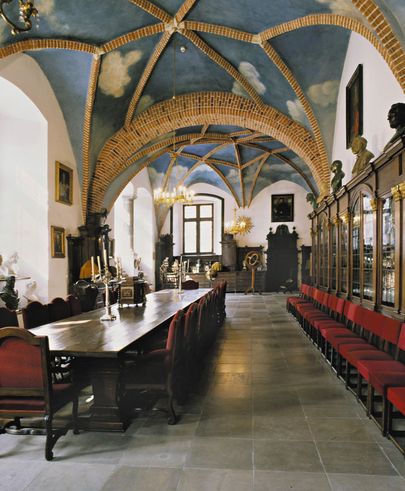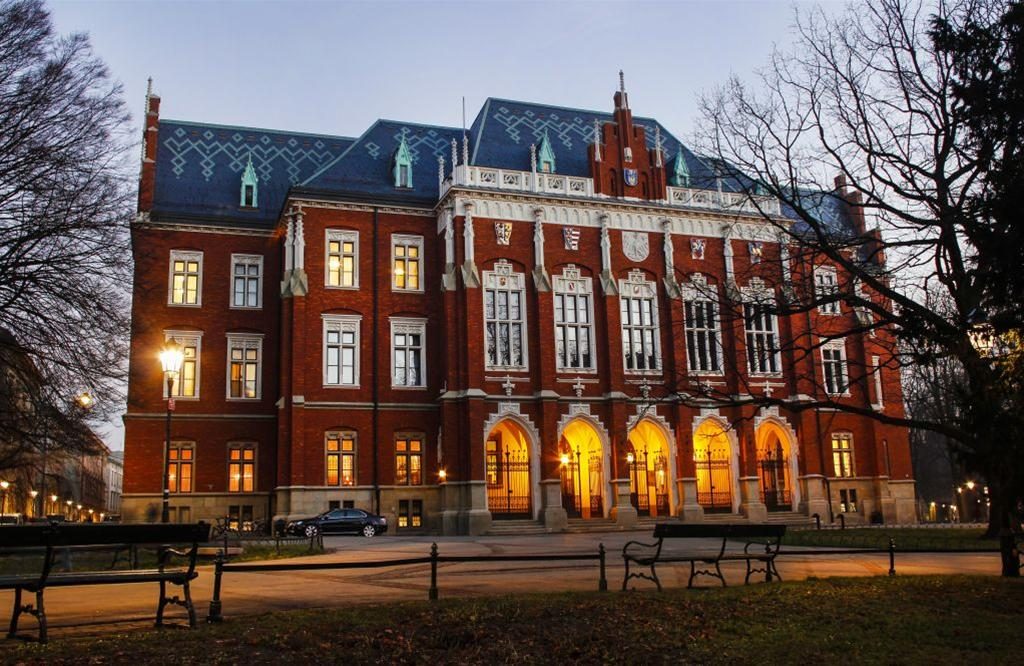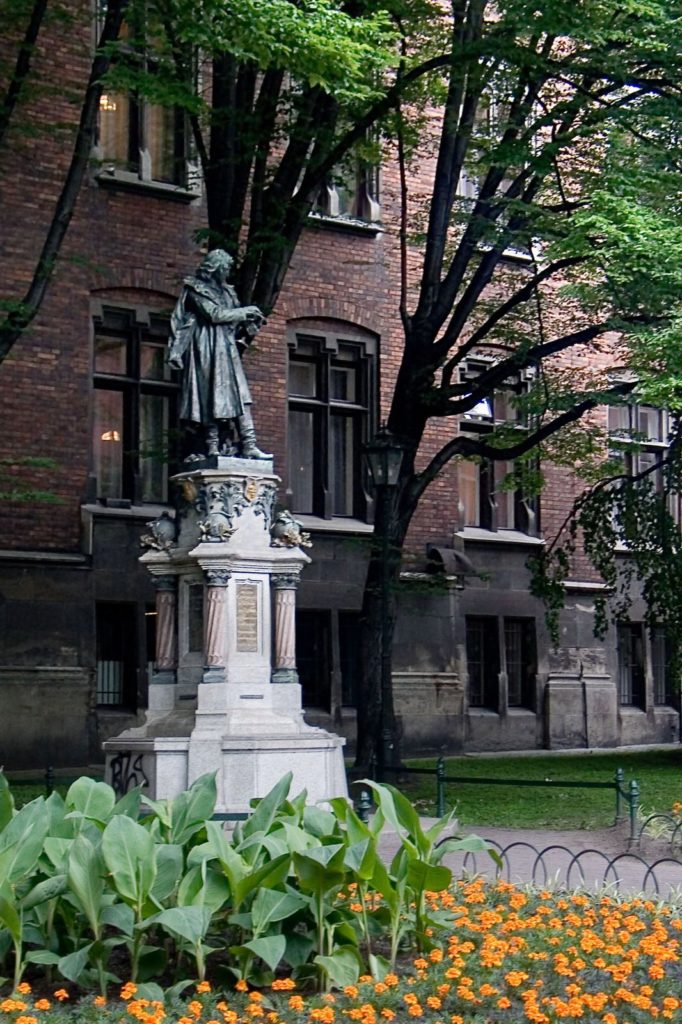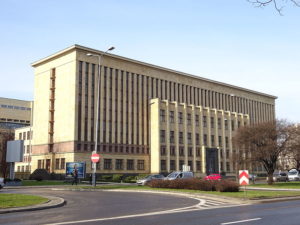Contents
Jagiellonian University was established in 1364. It is the oldest university in Poland and one of the oldest in the world. Today, Jagiellonian University is one of the most prestigious. Thousands of students draw inspiration from the legacy of University’s most famous alumni, such as Nicolaus Copernicus, Wislawa Szymborska and Karol Wojtyla (later Pope John Paul II).
History
In 1364 the University was founded by King Casimir III the Great, who is considered to be one of the most important Polish monarchs in history. He provided funding for the first higher education institution on Polish territories. The University was initially granted the name Studium Generale.
15th – 16th centuries
After King’s death, development of the Studium Generale stopped. Lectures were held in private houses of professors, churches and in the cathedral school on the Wawel Hill. The institution was restored in 1400 by king Wladyslaw II Jagiello and his wife Jadwiga. The queen was so devoted that she donated all of her personal valuables to the University, allowing it to flourish. The sudden development necessitated the purchase of larger premises, and so the Collegium Maius was built at the beginning of the 15th century.
In the 15th century, the University enjoyed a great esteem. It educated Polish intellectual elite and almost 40 percent of the students came from abroad. The University was the first in Europe to establish independent chairs in mathematics and astronomy. Between 1491 and 1495, one of the most influential people in the history of the world, Nicolaus Copernicus, studied at the University.
The crisis came in the 16th century with the Reformation and religious division of Europe. It was also due to changes in Polish political administration. To hold an office, solid higher education was no longer required, only nobility. The character of the University transformed into bourgeois and fewer students enrolled. In the 16th century also many other universities were established in Europe. In the 17th century, the University had to compete with the Jesuits’ solicitation to win domination over academic life in Krakow.
18th – 19th century
End of the 18th century saw significant changes in the functioning of the University. With establishing of the Commission for National Education in 1773, a new approach to higher education had been introduced. Responsible for executing of the reform was Hugo Kollataj. Thanks to his efforts, the University was restructured. That enabled scholars of various disciplines to meet their full potential. Kollataj also put a great emphasis on holding lectures in Polish. He initiated creating astronomical observatory, botanical garden and university clinic.
The tragic consequences of the Partitions of Poland did not leave the University untouched. With the beginning of the 19th century, Krakow was incorporated into Austria and the University was Germanized. However, after the Congress of Vienna in 1815, Krakow gained a status of the free city and so the University could enjoy relative autonomy. In 1817, it acquired its modern name – the Jagiellonian University. Jagiellonian – to emphasise this dynasty’s involvement in University’s development. In 1846 when Krakow became again a part of the Austrian Empire. Around this time, the University faced the threat of closure. Fortunately, this did not happen and it quickly regained its repute.
Polish territories under Austrian rule, Galicia, enjoyed the situation unlike in those parts of Poland occupied by Prussia or Russia. In the second half of the 19th century, Poles were granted an actual autonomy. That enabled the University to develop. The Polish language was reinstated as the language of tuition. The new main college, Collegium Novum, was built in 1887.
Modern era
To celebrate the 500th anniversary of University’s foundation, a monument of Nicolaus Copernicus had been erected. It was placed in the courtyard of the Collegium Maius. Today it can be seen in front of the Witkowski Collegium, nearby the Collegium Novum.
After regaining of independence by Poland in 1918, the University continued to develop. Students from all over Poland were able to enroll and women were granted the right to study. One of the major foundations of the time was the Jagiellonian Library, built in the 1930s. Finishing construction works just in time before the outbreak of World War II enabled many book collections, manuscripts and archives of great value to be relocated safely.
World War II was, however, the most horrific time for the University. In 1939, 180 scholars and staff members of the Jagiellonian University were brutally arrested and deported into concentration camps by the Nazis. The Soviets followed with capturing another group of academics, later executed in the Katyn Massacre of 1940. During the War, the University was closed and its equipment destroyed. However, the academic life went underground and continued to operate in secret. One the students from that time was Karol Wojtyla – later Pope John Paul II.
After World War II, the University quickly reopened. Krakow became a safe haven for scholars who had to leave Vilnius and Lviv due to change in eastern borders of Poland. However, with the outburst of the Stalinist era, the University was gradually changed and inconvenient for the government scholars were laid off. Through the whole period of PRL (Polish People’s Republic, Polish: Polska Rzeczpospolita Ludowa) the politics affected the Jagiellonian University. In 1968 and 1981 waves of students demonstrated against the regime.
Jagiellonian University today
Jagiellonian University is one of the best, most revered and prestigious universities in Poland and Europe. It is thanks to its long history, notable alumni, high standards of teaching and innovative approach. The University’s renown is reflected by its widely recognised research achievements. Scientists from the Jagiellonian University gain international recognition in fields of physics, astronomy and mathematics, but also disciplines of social science and humanities are of top class.
The historic buildings of the Jagiellonian University in the Krakow Old Town are still in use today. Along the so-called I Campus, also more modern buildings were built, including several erected around the Jagiellonian Library, and the “Campus of the 600th Anniversary of the Jagiellonian University Revival”. This investment is planned to take several years and new buildings have been erected continually since 1999.
